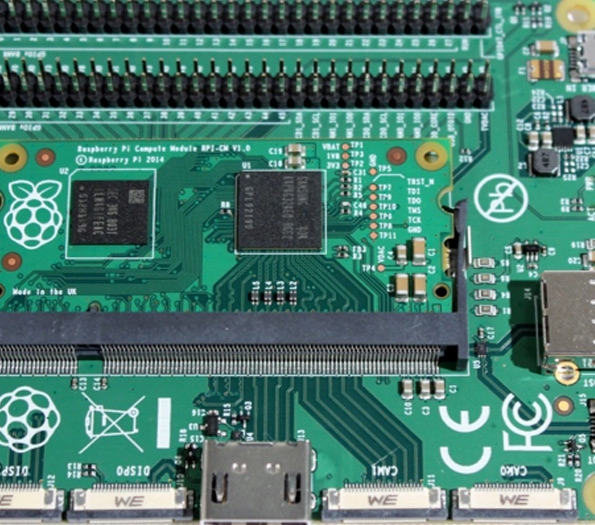

The Benefits of Non-Glare Glass Enhancing Visual Comfort and Aesthetics
In recent years, the demand for high-quality materials that improve visual comfort and aesthetics has surged, especially in architectural and interior design fields. One such material gaining popularity is non-glare glass. This innovative glass solution is engineered to reduce reflections and glare, making it an ideal choice for a variety of applications. As we delve into the benefits of non-glare glass, it becomes clear why it is favored by designers, homeowners, and businesses alike.
Understanding Non-Glare Glass
Non-glare glass, also known as anti-reflective glass, is treated to minimize reflections that can interfere with visibility and aesthetics. It typically features a special coating that scatters light, thus reducing the amount reflected off the surface. This treatment allows for a clearer view through the glass, making details more visible while maintaining true color representation. Non-glare glass can be used in various settings, including galleries, offices, and residential environments, providing a versatile solution that meets diverse needs.
Enhanced Visual Comfort
One of the most significant advantages of non-glare glass is enhanced visual comfort. Traditional glass surfaces can produce harsh reflections, leading to eye strain and discomfort, especially in brightly lit environments. This is particularly important in workplaces and educational settings, where prolonged exposure to glare can hinder concentration and productivity. By using non-glare glass, individuals can enjoy clearer visibility and reduced eye fatigue. This is crucial in environments such as art galleries or museums, where clear viewing of artworks is paramount for both enjoyment and appreciation.
Aesthetic Appeal
Non-glare glass is not just a functional choice; it also improves the overall aesthetic of a space. The absence of distracting reflections allows for a more immersive experience, whether observing art or enjoying the view from a home window. This type of glass is essential in framing artwork, as it ensures that the focus remains on the piece itself rather than the surrounding distractions. Moreover, because it can be manufactured in various thicknesses and finishes, non-glare glass offers flexibility in design, allowing architects and designers to create visually striking solutions without compromising on clarity.

Longevity and Durability
Durability is another key benefit of non-glare glass. The coatings applied to create a non-reflective surface are often resistant to scratches and other forms of wear. This resistance helps maintain the glass’s clarity and aesthetic appeal over time, requiring less frequent replacement or maintenance. In commercial settings, where glass installations may experience higher traffic and potential damage, the longevity of non-glare glass can result in significant cost savings over time.
Applications Across Industries
The versatility of non-glare glass makes it suitable for a wide range of applications across various industries. In the art world, it is a go-to choice for framing and displaying pieces, ensuring that viewers can appreciate the artwork without distraction. In corporate environments, non-glare glass can be used in office partitions and conference rooms, fostering a professional atmosphere that enhances communication. Additionally, in hospitality settings, such as hotels and restaurants, non-glare glass can be employed to create elegant dining experiences, free from disruptive reflections.
Environmentally Friendly Option
As society moves towards more environmentally conscious choices, non-glare glass can be a part of sustainable design practices. Many manufacturers produce this type of glass using eco-friendly processes and materials, aligning with the green building movement. By choosing non-glare glass, environmentally conscious consumers can support sustainable practices while enhancing their living and working environments.
Conclusion
In conclusion, non-glare glass emerges as a multi-faceted solution that enhances visual comfort and aesthetic appeal while offering durability and versatility across various applications. Whether in homes, offices, galleries, or commercial establishments, the benefits of this innovative material are clear. As the demand for high-quality visual solutions continues to rise, non-glare glass stands out as a testament to the power of design in improving everyday experiences. From reducing eye strain to elevating the beauty of a space, non-glare glass is undoubtedly a valuable addition to any setting.